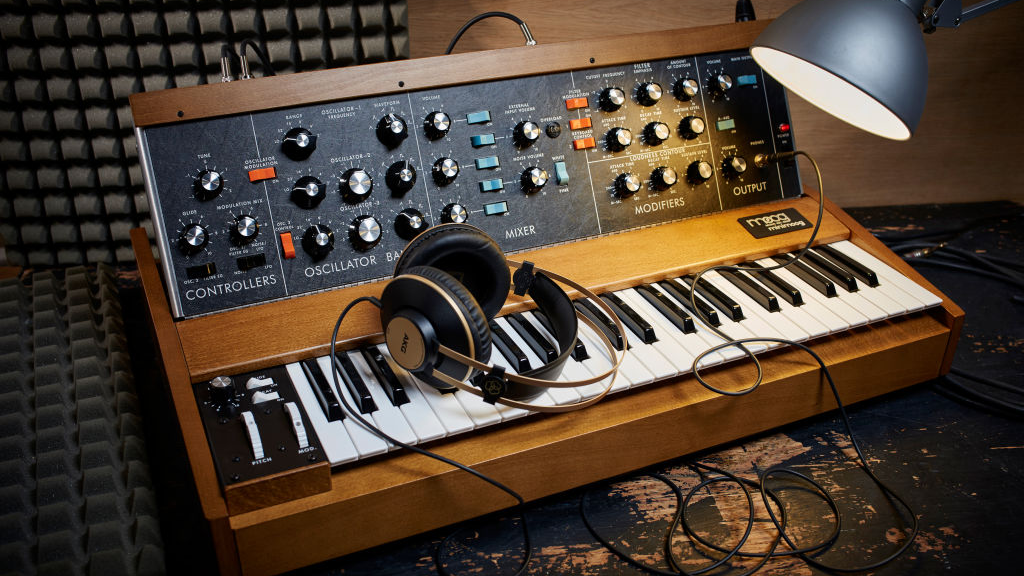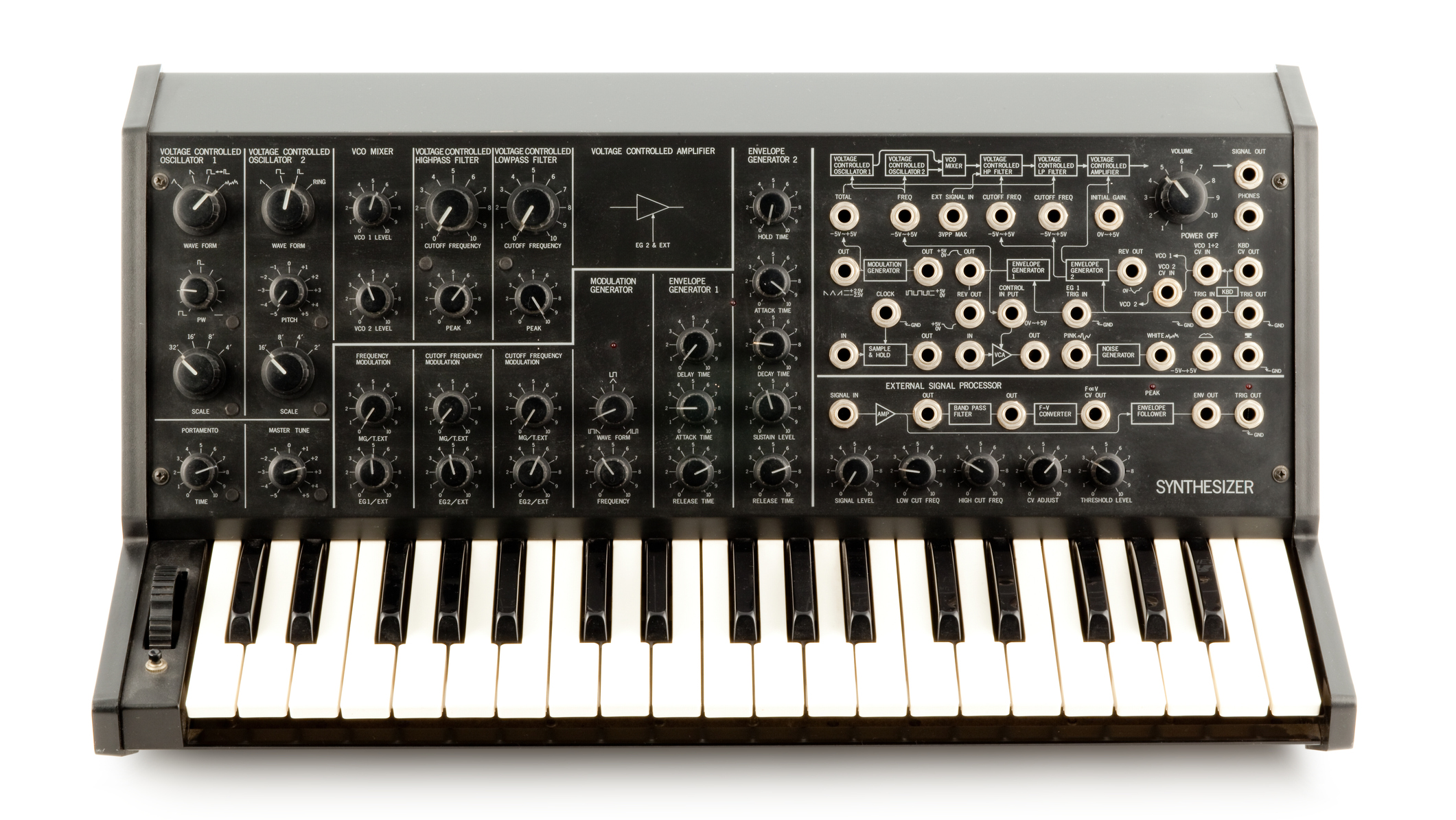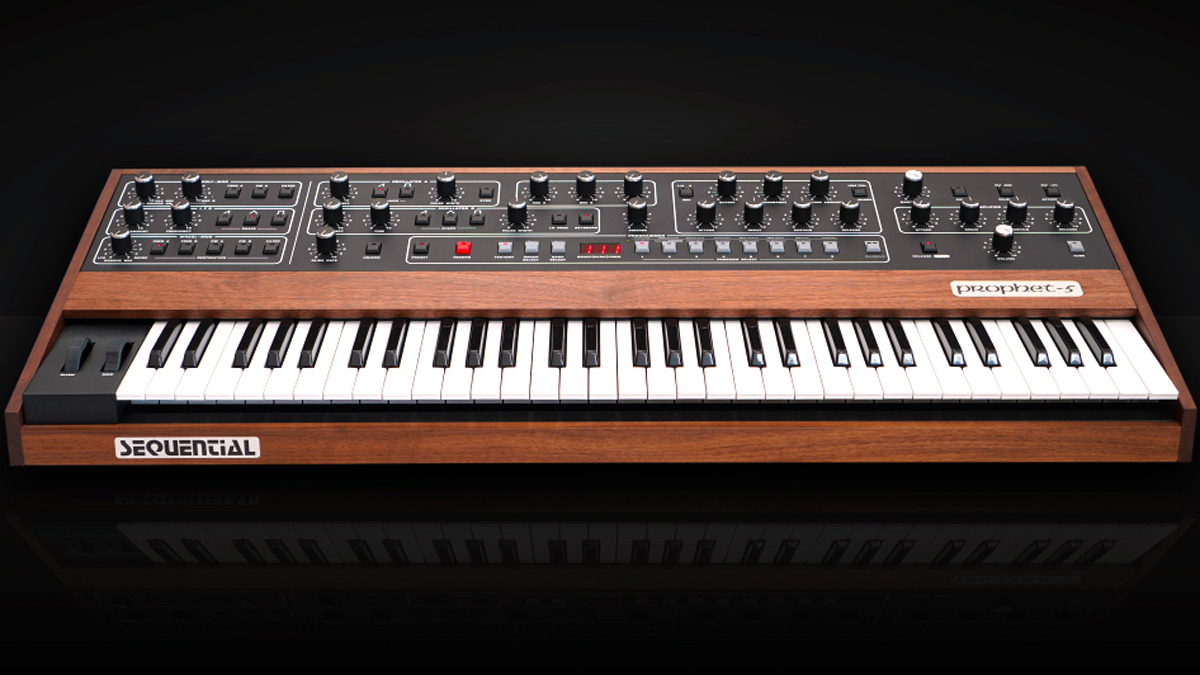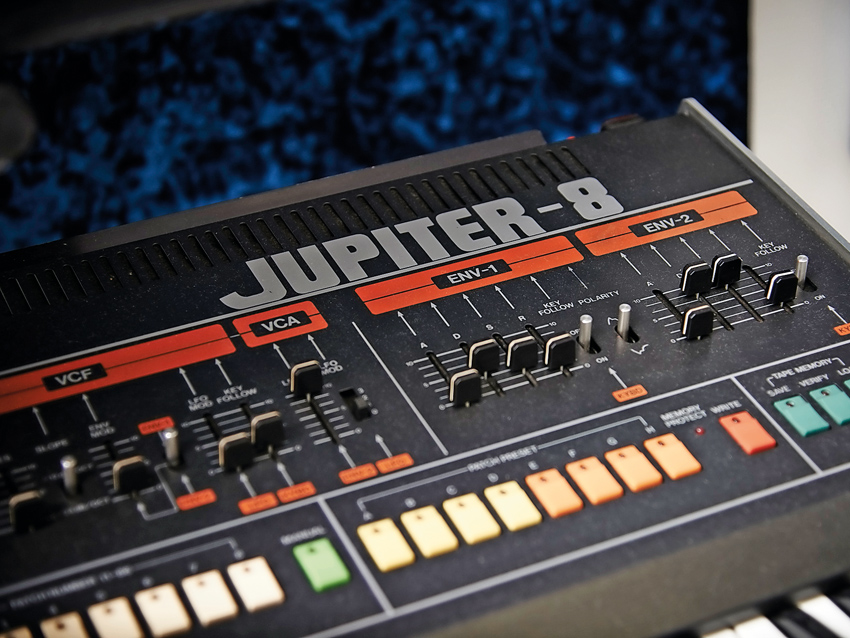What is analogue synthesis? The ultimate beginner's guide
We're kicking off our ultimate beginner's guide to synthesis with a closer look at analogue synthesizers and how they operate

The great grandaddy of synthesizers, analogue synths were born in the '60s, kickstarting a revolution that would change the musical landscape forever.
Almost all analogue synthesisers operate using a method known as subtractive synthesis. The old- fashioned subtractive method is the sound designer’s staple; the foundation of all synthesis that has defined how we interact with electronic instruments to this day.
It’s the perfect place for a novice to start, as even the more advanced synths generally adhere to this basic tone-into-filter topology in some way.
Before we move on, it’s worth noting that the terms “analog” and “subtractive” are not directly interchangeable. Not all subtractive synths are analog - digital instruments that emulate this approach are known as virtual analogue synths. However, most analogue synths use subtractive synthesis to produce sound.

With a fairly restricted number of sound-generating and -shaping features, a typical analogue synth only offers a limited palette of sounds compared to FM, physical modelling, additive and other synthesis types.
This isn’t a bad thing, though; this restriction is a selling point for beginners and analogue aficionados wanting to design bread-and-butter patches.
Subtractive synthesis
The basic premise of subtractive sound creation is fairly simple. It all starts at the oscillator, which is a waveform generator.
Get the MusicRadar Newsletter
Want all the hottest music and gear news, reviews, deals, features and more, direct to your inbox? Sign up here.
The sine wave is the most basic waveform, featuring just a single harmonic (the fundamental) at a specific pitch; a square wave, with its distinctively ‘hollow’ timbre, features only odd harmonics; a buzzy-sounding sawtooth contains both odd and even harmonics.
Then you’ve got white noise, which contains every frequency in equal amounts. Most synths feature two or more oscillators that can be blended to create a combination of the above waveforms at different octave and tuning values.
This oscillator blend is then fed into a filter, which is used to carve away (ie, subtract) the oscillators’ harmonics. The filter is a big factor in an analogue synth’s sound.
A low-pass filter, which removes frequencies above the cutoff frequency, dulls the sound; a high-pass filter, meanwhile, cuts frequencies below the cutoff point to thin the tone; and a band-pass variant is a combination of the two. Crank the resonance to boost a peak around the cutoff for a more prominent ‘bump’ in that area.
Modulating this filter’s cutoff frequency, and other parameters over time, has a huge impact, hence why a synth has at least one envelope to shape cutoff response (and many more parameters) over the course of each played note.
As the name implies, low-frequency oscillators (LFOs) are like the audible ones mentioned earlier, except they operate at low speeds. Instead of being heard in the audible signal path, they can automatically wobble pitch, filter cutoff/resonance and more.
When to use it
Though they’re not quite as versatile as their digital counterparts, analogue synthesizers are beloved for the warm, rich character of the sounds they produce. There’s a unique quality to the tones generated by analogue circuitry, and it lends itself well to a variety of applications: big, bold leads; thick, chunky bass sounds and gloriously rich pads, to name a few.
The relative simplicity of subtractive sound generation can be seen as both a limitation and an advantage. Although some analogue synths may have somewhat limited capabilities, they’re easier to get your head around, and possess a unique character that some would claim can’t be replicated by digital instruments.
Three great analogue synths
Moog Minimoog Model D

The Minimoog Model D can be credited with introducing synthesis to the world at large, signalling a shift from the room-sized behemoths of the ‘60s to the more portable, all-in-one synthesizers that we’re accustomed to today.
Unsurprisingly, it’s popped up on records from hugely influential artists of almost every genre, from Herbie Hancock to Parliament to Pink Floyd.
Though the Minimoog’s accessibility and design paved the way for generations of synths that came afterwards, it’s the instrument’s unique sound that really helped it stand out.
Three oscillators running through a legendary 4-pole low-pass filter gave the Moog a warm, smooth and instantly recognisable tone that secured its place in the hearts of musicians the world over.
Sequential Circuits Prophet-5

The Prophet-5 deserves an honourable mention in even the most cursory round-up of iconic analogue synths. Manufactured by Sequential and designed by Dave Smith and John Bowen, it holds the title of being the first fully programmable polyphonic synthesizer.
The synth broke new ground by offering patch memory that enabled users to store and recall 32 presets. This, alongside its five-voice polyphony and gorgeous walnut design, made the Prophet-5 an industry standard.
Roland Jupiter-8

Roland’s first entry into the analogue synth market helped to define the sound of the ‘80s, making an appearance in tracks from ABBA, Duran Duran, Queen and even Michael Jackson’s Thriller.
The Jupiter-8 was a boundary-pushing instrument, as one of the first synths to feature an arpeggiator function, along with the ability to split the keyboard and assign a different patch to each side. The synth's cross mod capabilities also allowed for some relatively out-there sonics traditionally associated with FM synths.
Future Music is the number one magazine for today's producers. Packed with technique and technology we'll help you make great new music. All-access artist interviews, in-depth gear reviews, essential production tutorials and much more. Every marvellous monthly edition features reliable reviews of the latest and greatest hardware and software technology and techniques, unparalleled advice, in-depth interviews, sensational free samples and so much more to improve the experience and outcome of your music-making.










